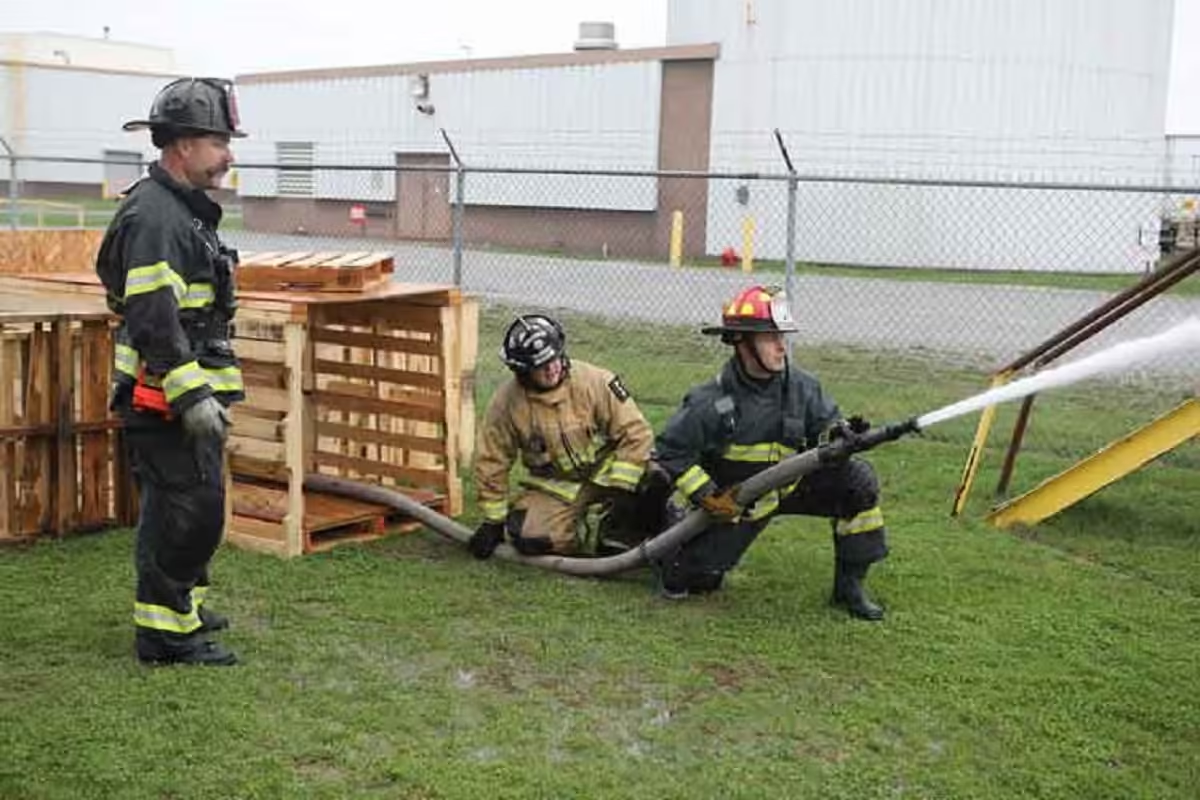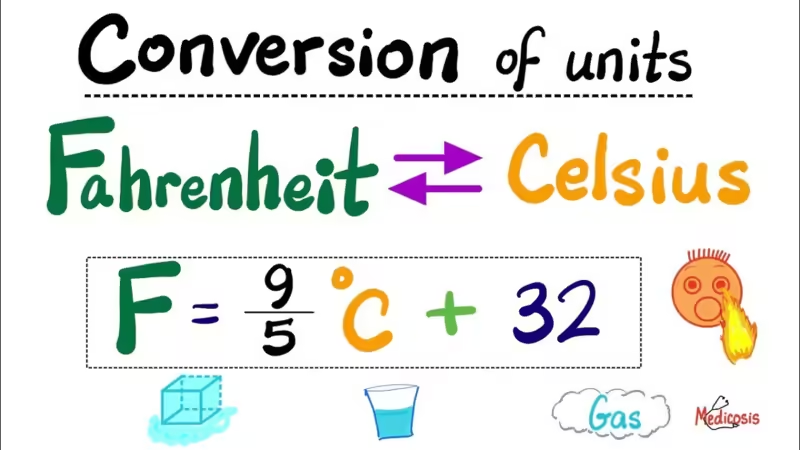Wildfire Prediction Technology – AI and Data Analytics Revolutionizing Fire Management

Wildfires are becoming more frequent and severe due to climate change. Communities worldwide struggle to prevent destruction. Predictive technology plays a crucial role in fire prevention and management. AI and data analytics offer better solutions than traditional forecasting methods. These innovations improve response times and save lives. Studies from the NASA Earth Observatory on Wildfires and Climate Change confirm that climate change increases wildfire frequency and severity.
The Science Behind Wildfire Prediction
Wildfires depend on environmental factors like temperature, wind speed, and vegetation dryness. Understanding these elements helps predict fire behavior. Historical data provides patterns that improve forecasting models. Scientists analyze past wildfire events to refine prediction techniques. Short-term and long-term models offer different insights.
Short-term models focus on immediate fire risks using real-time data. Meteorologists monitor weather changes that can trigger wildfires. Long-term models analyze climate trends and vegetation cycles. These forecasts help authorities plan fire prevention strategies. Combining both models enhances wildfire preparedness.
AI and Machine Learning in Wildfire Prediction
AI processes massive datasets to detect early fire risks. Machine learning identifies patterns that indicate potential wildfires. These systems improve over time by learning from past incidents. AI models outperform traditional methods in speed and accuracy. They help firefighters make informed decisions.
Deep learning algorithms analyze satellite images and weather data. AI predicts wildfire locations before they ignite. Neural networks process climate variables to assess fire risks. AI-based predictions improve response times for emergency teams. These innovations enhance overall wildfire management. As a result, emergency responders rely on fire officer classes online to gain expertise in using AI-driven firefighting tools.
Satellite and Remote Sensing Technologies
Satellites provide real-time images of fire-prone areas. Remote sensing detects heat signatures and smoke patterns. These technologies help scientists track fire spread. High-resolution images assist in mapping fire zones accurately. Governments use satellite data to issue warnings.
Remote sensing identifies dry regions prone to wildfires. Sensors detect temperature anomalies that signal fire risks. Advanced imaging systems provide insights for early intervention. AI enhances satellite data processing for faster predictions. These tools improve fire prevention and response efforts. Professionals seeking advanced training can benefit from fire investigator certification, which covers the integration of remote sensing in fire analysis.
Data Sources and Predictive Analytics in Wildfire Forecasting
Multiple data sources contribute to wildfire prediction accuracy. Weather data provides real-time updates on conditions affecting fire risks. Vegetation analysis determines fuel availability for wildfires. Topographical information helps assess how fires spread.
IoT devices monitor temperature and humidity levels. Sensor networks provide real-time environmental data. Big data analytics improve wildfire forecasts. Predictive models use historical fire records to refine risk assessments. AI processes all this information for better predictions.
Early Warning Systems and Fire Spread Simulation
Early warning systems alert communities about potential wildfires. AI-powered alerts provide faster notifications than traditional methods. These systems use real-time weather data to assess risks. Automated alerts help authorities issue timely evacuations. AI-driven tools reduce response delays.
Fire spread simulation predicts wildfire movement based on terrain and wind patterns. These models assist firefighters in planning containment strategies. Simulations use historical data to improve accuracy. AI enhances predictive capabilities in fire behavior modeling. These technologies minimize wildfire damage. To effectively implement early warning systems, professionals often undergo structured training in fire inspector certification online to enhance risk assessment skills.
The Role of Drones and Autonomous Systems in Fire Monitoring
Drones provide real-time surveillance of wildfire-prone areas. They capture high-resolution images for fire monitoring. Heat-mapping sensors detect temperature anomalies. AI enhances drone capabilities for better data analysis. Firefighters use drone insights for faster response strategies.
Autonomous systems operate in hazardous conditions without risking human lives. AI-driven UAVs monitor fire zones continuously. These systems collect critical data for early fire detection. Drones provide valuable intelligence for emergency response teams. This technology enhances wildfire management efficiency. Research from the National Institute of Standards and Technology (NIST) confirms that drone-based monitoring improves fire response effectiveness. Firefighters also integrate drone technology with Florida incident safety officer protocols for better risk mitigation.
Human-AI Collaboration in Wildfire Management
AI supports human decision-making in wildfire prevention. Firefighters use AI insights to improve response strategies. AI processes data faster than human analysts. Emergency teams rely on AI-driven models for fire behavior predictions. AI enhances, rather than replaces, human expertise.
Training programs help integrate AI into wildfire management. Firefighters learn how to interpret AI-generated reports. AI improves coordination between agencies during fire outbreaks. Collaboration between humans and AI strengthens disaster preparedness. Combining technology and expertise saves lives. Many professionals advance their skills through fire instructor 1 online programs to enhance training methods.
Challenges and Limitations of AI in Wildfire Prediction
AI predictions depend on high-quality data for accuracy. Gaps in data reduce forecasting effectiveness. Unreliable information leads to flawed predictions. AI models require continuous updates to remain effective. Scientists work to improve data accuracy.
Ethical concerns arise with AI-powered surveillance in wildfire monitoring. Privacy issues must be addressed when collecting environmental data. Over-reliance on AI poses risks if technology fails. Emergency teams must balance AI insights with human judgment. Ensuring AI accountability remains a priority.
FAQ – Addressing Common Questions
How accurate are AI-driven wildfire prediction models?
AI models improve accuracy with continuous learning. They analyze vast datasets for better predictions. Their reliability depends on high-quality data input.
Can predictive technology completely prevent wildfires?
No system can fully prevent wildfires. However, AI enhances early detection. It helps authorities take preventive action before fires escalate.
How are communities benefiting from AI-based wildfire management?
Communities receive faster wildfire alerts. AI-driven systems improve evacuation planning. Predictive models help reduce wildfire damage.
The Path Forward: Strengthening Wildfire Resilience with Technology
Advancing wildfire prediction requires continuous innovation. Governments must invest in AI-driven solutions. Improved data collection enhances forecasting accuracy. Collaboration between scientists and emergency teams strengthens wildfire response. AI technology plays a crucial role in future fire prevention efforts.
![]()






